My wife was doing some cleanup in the front azalea beds this morning and pruned a few branches so she could get the leaf litter underneath. When I happened upon her trimmings this afternoon I noticed that I just might be able to get some new plants from these trimmings.
I don’t prune these azaleas that often so they often get quite dense and have a lot of leaf litter beneath them from the other trees in the yard. This lends itself to excellent conditions for a natural propagation behavior called layering1. This occurs in certain plants when stems lie upon the damp ground. A this point roots will begin to form. Eventually this can lead to an entirely separate plant if the stem breaks of the original plant dies.
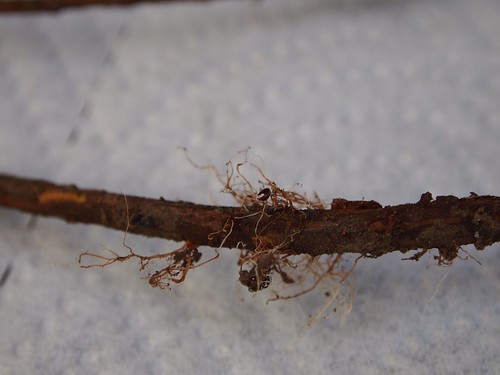
As you might imagine, we can use this behavior to our advantage. In my case, I checked eat stem that my wife had trimmed and found at least 4 separate areas showing layering. I trimmed each stem just below the new roots and then potted these up in one 1 gallon pot. Ideally you would want the roots to be more established, but there seemed to be enough roots to, at least, give it a try. I will keep these watered and wait to see if more roots develop. If so, I have some bare areas of the garden where these plants would be a nice addition.
I’ll keep you informed on my progress. I will also continue looking for more, stronger examples of layering to show you in the future.
Air Layering
Of course, when you know that a plant has the natural propensity to layer, you can actually help it along using a process called Air Layering. In this method, you select a stem on the plant you wish to layer. You then scrape the bark of the stem creating a wound. This wound is then wrapped in sphagnum moss or potting soil which is then wrapped in plastic and tied at each end. This moist environment should trigger the natural layering and in a few months you should be able to cut the newly rooted stem from the main plant and use it as you wish.
Layering in the ground
You need not use the potting soil and plastic wrap, though Another method involves simply burying a stem in the nearby soil and staking it so it cannot pull itself out. Eventually, this stem will root and can be detached from the parent plant.
1 http://en.wikipedia.org/wiki/Layering
Resources
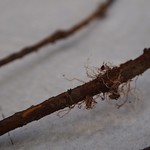


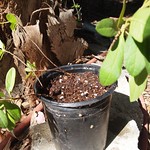
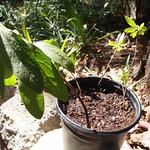
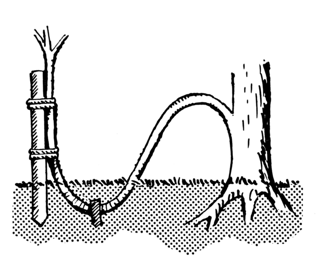
I’ve used this method to propagate enough ligstrum x ibolium to completely hedge one side of my yard. The privet is so aggressive though, that all I do is bury a low-hanging branch under a small rock to hold it under the ground. Clip the branch later in the season, and transplant the new shrub- Easy!
Wow, that sounds both easy and frugal. Maybe you can share a picture via a link here or on the Facebook page. I would love to see the results.
The azalea are quite so agressive, but my “lazy gardener” approach here seems to give them enough time to start rooting up. (LAUGH) When doing my research I saw that it is also possible to air layer roses. I have a few bushes that I would like to propagate, so I may try that in a few spots so I can refill some places where our roses have died off.
Thanks for writing!